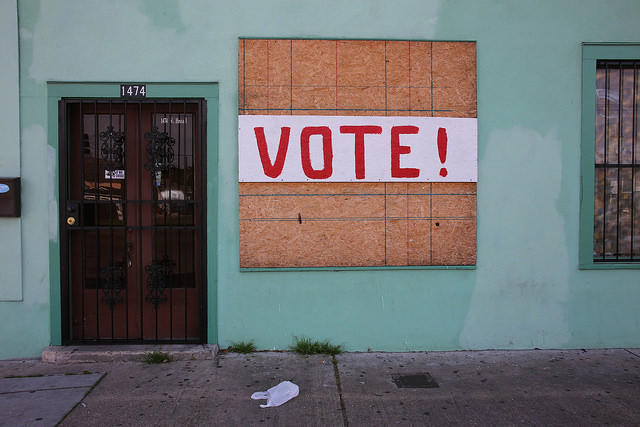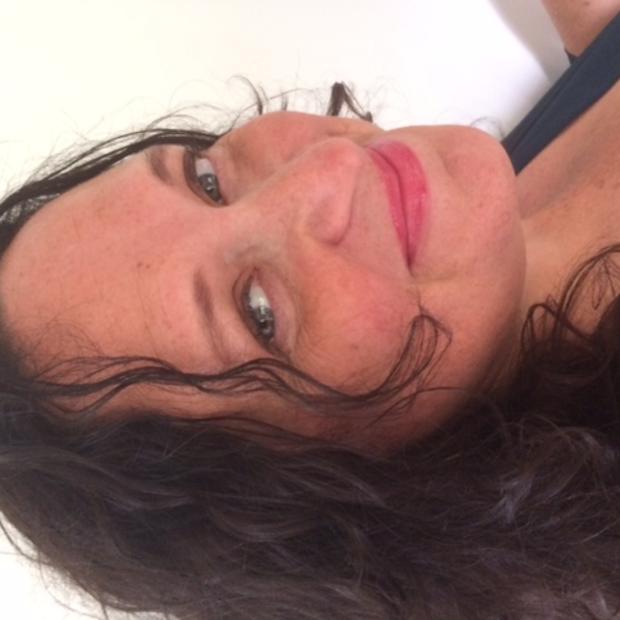Here in the Northwest, we count ourselves fortunate to live in a hub of civic innovation, where fostering solutions to intractable policy problems is a common subject of conversation. But behind these bold and hopeful discussions lurks a dirty little secret that few of us discuss: the great majority of us will not vote in this election.
"Turnout in recent off-year local elections has been below 50 percent,” says Julie Wise, director of King County Elections. “Only one in four of us show up for many local elections, and that needs to change."
So why do we have such low voter turnout? Some would lead you to believe that it is a problem of personal apathy. But as an immigrant who initially found access to voting and civic engagement confusing, I can tell you that shaming individuals who face barriers to voting misses many good opportunities for understanding and engagement.
With that in mind, I’d like to explore the complex relationship between voters, the mailbox and the ballot box, in hopes that we all might better understand why so many people don’t vote — and what you can do to change that.
Problem: The ballot is long and confusing.
Individual ballots can include over 40 races, initiatives, levies, bonds and advisory votes. The number alone is overwhelming, but some content can confuse even the most policy savvy. People may know how they want to cast their vote for President, but down-ballot races like school board directors and fire commissioner are often left empty. For those interested in making more ballot decisions, the task can be onerous.
Solution: The Municipal League, a 107-year-old non-partisan organization that I lead, has created an award-winning tool to simplify this process: readysetvote.org. Simply enter your address and the site pulls up the races and issues you’re voting on, along with a list of media and organization endorsements for each candidate or issue. Each endorsement links to more information from the endorser. The site is also translated into Spanish and Chinese.
Problem: I feel disconnected from voting.
Voting can feel transactional. You get flyers, phone calls, knocks on your door, all from people asking for your vote, who are not to be seen again for two, four or six years.
Solution: Help people find organizations that prioritize year-round civic engagement so that voting is a natural part of mutual investment.
The Latino Community Fund (LCF), for example, develops young leaders through its youth mentorship programs. Oskar Zambrano, Director of Alianza, LCF’s youth program, says “We regularly discuss the pressures each youth feels, so when its time to explore voting as one way to develop their leadership, our youth have a near 100 percent voting rate. They know we care about all of their concerns and interests, so voting becomes a natural extension of how they have learned to take action for themselves and their communities.”
Washington Conservation Voters also regularly engages its members on issues that impact their communities and how elected officials or candidates respond to those issues. This steady, meaningful contact results in members who are more apt to turn in those ballots when it’s time to reach out on voting.
Problem: My vote makes no difference.
I know many people who are passionate about issues, yet refuse to vote. While some of this skepticism may be warranted, the fact is that voting makes a real difference in our leadership. Your votes will help determine what Seattle looks and feels like four years from now. Your satisfaction or dissatisfaction with Seattle 2021 will in part be gained through the ballot.
Solution: Encourage folks to vote despite their suspicion. If you want to hold the future Mayor or Sheriff accountable, being invested in the campaign and election is an excellent start to ensuring that your elected leaders listen to you. Not voting only ensures your individual priorities and values are not being represented at all.
Problem: I was busy and forgot.
There is no debating we are busy and even with the best intentions, things get dropped. Sometimes the ballot is lost in a pile of mail or even completed without ever making it to the ballot box.
Solution: Remind your friends and coworkers that there is still time to vote in this week’s election! If they can’t find their ballot, they can request a replacement through the King County Elections website.
What else can they do to ensure that they don’t forget? Maybe tie a string around a finger, set a timer on their phone, deny themselves a cheat day until the ballot is in the box, create a buddy accountability system. … The options are endless. Just pick one!
If they are at a loss, tell them to give you their email, and send them a reminder. I do this all the time! Seriously. I care that people vote because I care about my community. Our community is tangibly improved when more people invest in its success through voting.
Building a culture of voters and helping every voter cast a ballot is one way we can improve our community’s civic health. Readysetvote.org can offer some immediate relief to the confusion the ballot inspires, but the other solutions offered require extra effort and faith that voting can have an impact.
Just for this year, ask yourself, “what do you have to lose?” And next year, let’s work on solving those longer-term barriers together.


